A sudden injury isn't only shocking and disorienting; many times it can result in a scar. Luckily, there are plenty of measures to take nowadays to prevent the chances of scarring, depending on the injury’s severity and your medical preferences. With a little research, you’ll find whole lists of remedies — ranging from items in your pantry to medical creams and laser surgery.
To learn about scars, we first have to learn how our bodies deal with injury. Scars, after all, are a natural occurrence. After the skin is punctured, the body closes up the wound the best it can, protecting the opening from infection. Collagen is sent to the wound to reinforce the connection, resulting in additional skin that is often darker and thicker than the surrounding area.
Less severe scars will slowly blend to the neighboring skin as time goes on, but more extreme scars — or scars that aren’t well cared for — can form into a thicker and more restrictive variation called keloids. Additional variations include contracture scars from burns, hypertrophic scars from deep wounds, or acne scars, according to WebMD. Depending on how the scar affects your quality of life, there are several easy methods to move ahead with hope and confidence — check them out below.
Method 1: Moisturizing
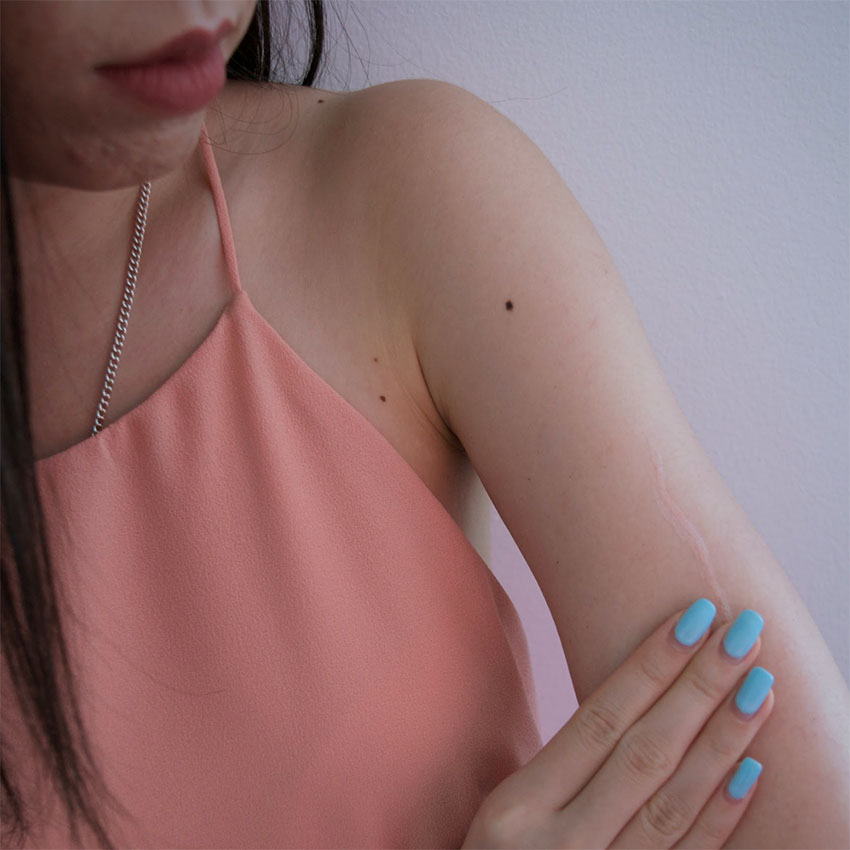
After receiving proper medical care for the injury itself, there are several simple and non-invasive methods for encouraging the scar’s healing process. In the early stages, sources like WebMD recommend applying several varieties of moisturizers throughout the day, the same way you would with a sunburn or any other healing patch of skin.
Once the wound has started to heal:
- Clean the area with a gentle disinfectant or soap.
- Apply one of the substances below and massage into skin to encourage the movement and exfoliation of dead cells.
- Allow to dry and breathe, sometimes overnight (depending on substance).
- Repeat as listed — below are several effective moisturizers.
Suggested Moisturizers 1. Olive Oil
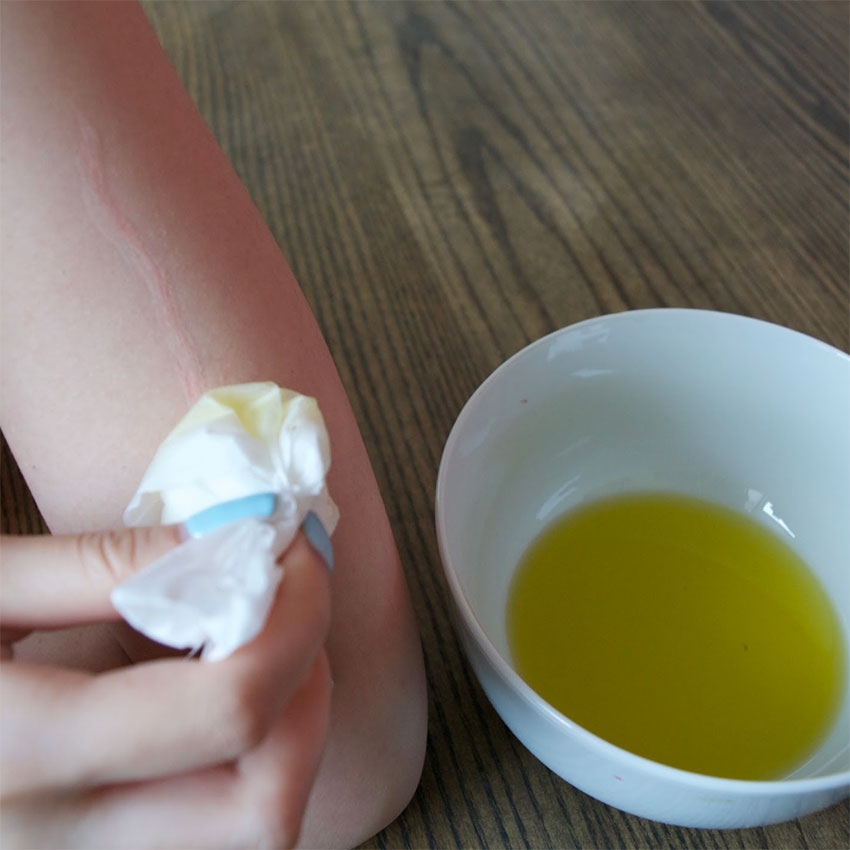
Naturalalternativeremedy.com praises this naturally occurring oil known for not clogging your pores. This option assists in the breakup of dead skin. The olive oil should be applied before bed and cleaned off in the morning. This is particularly helpful for facial scars, since the olive oil discourages additional issues like pimples and redness.
2. Lavender Oil
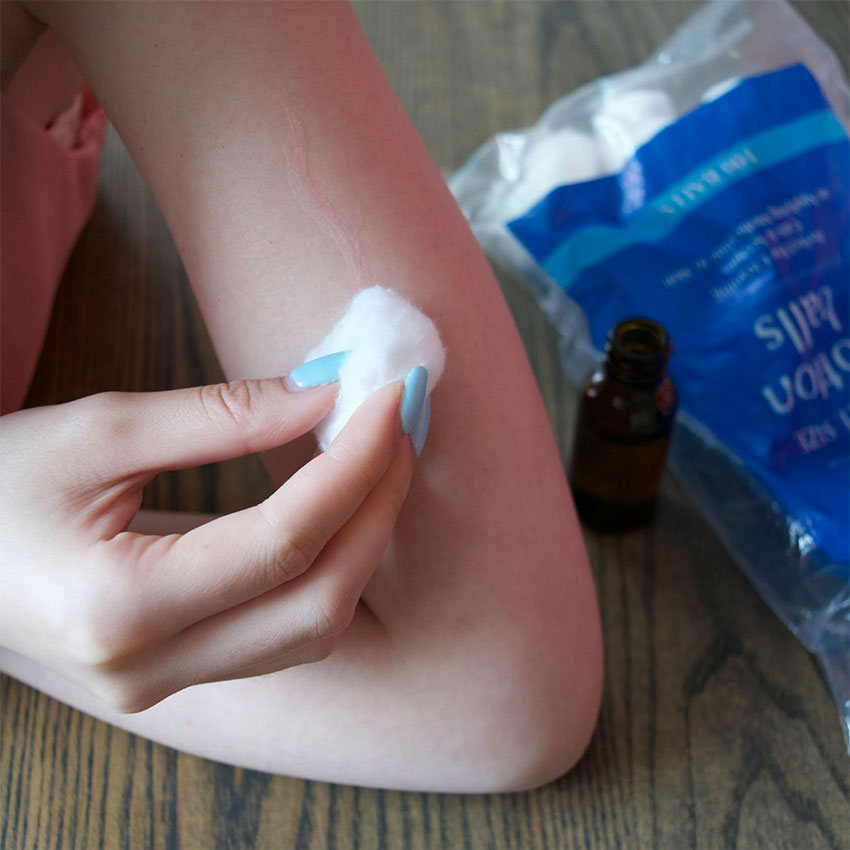
Lavender oil helps disinfect and moisturize during a wound's healing stage, according to Livestrong.com. Combine with a carrier oil such as coconut or olive, and apply to the scar tissue. Repeat several times a day as the scar heals.
3. Aloe Vera
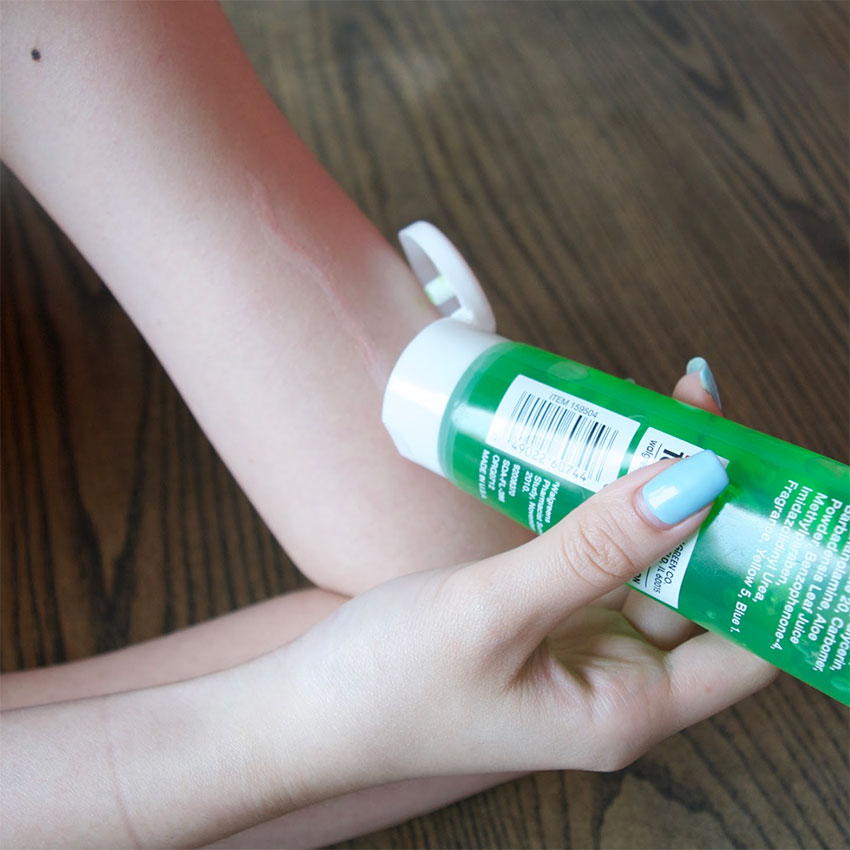
Aloe vera, our best friend when it comes to sunburn, is believed to help scarring for similar reasons. Aloe is anti-inflammatory, which keeps the skin calm, cool, and hydrated as it rejuvenates itself, according to Skincareorg.com. It also assists in the skin's overall elasticity.
4. Shea and Coconut Oil
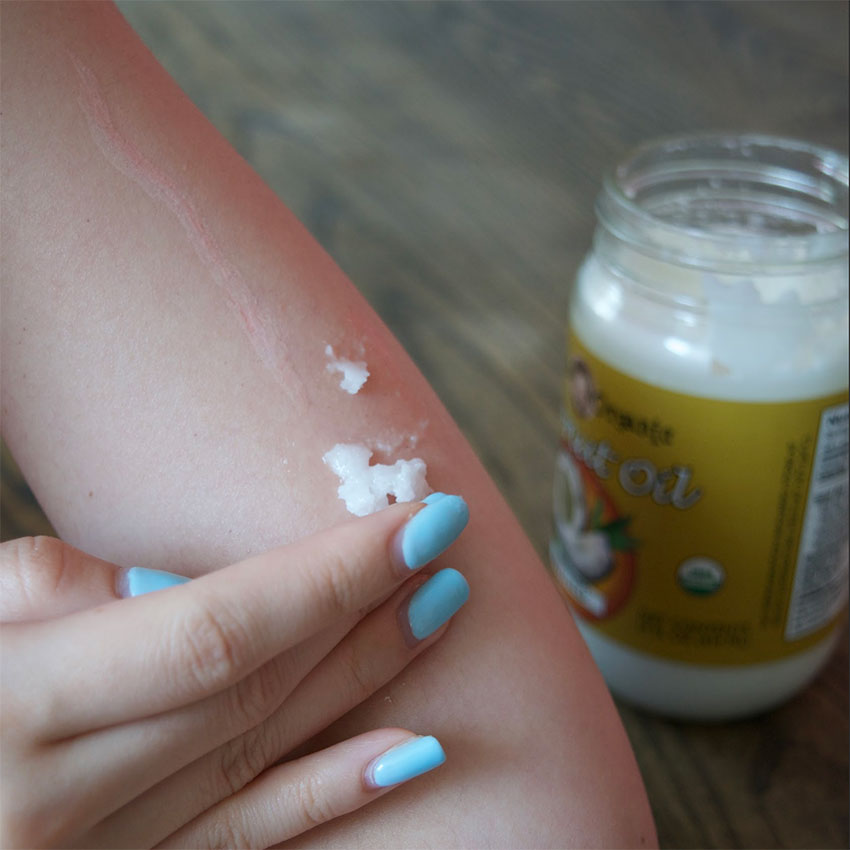
The raw, organic forms of these oils reinvigorate the skin with essential fatty acids, and have been known to aid in the regrowth of new skin cells, according to chatelaine.com. Applying this to the scar several times a day enhances the healing process and moisturizes the surrounding skin.
Method 2: Massage
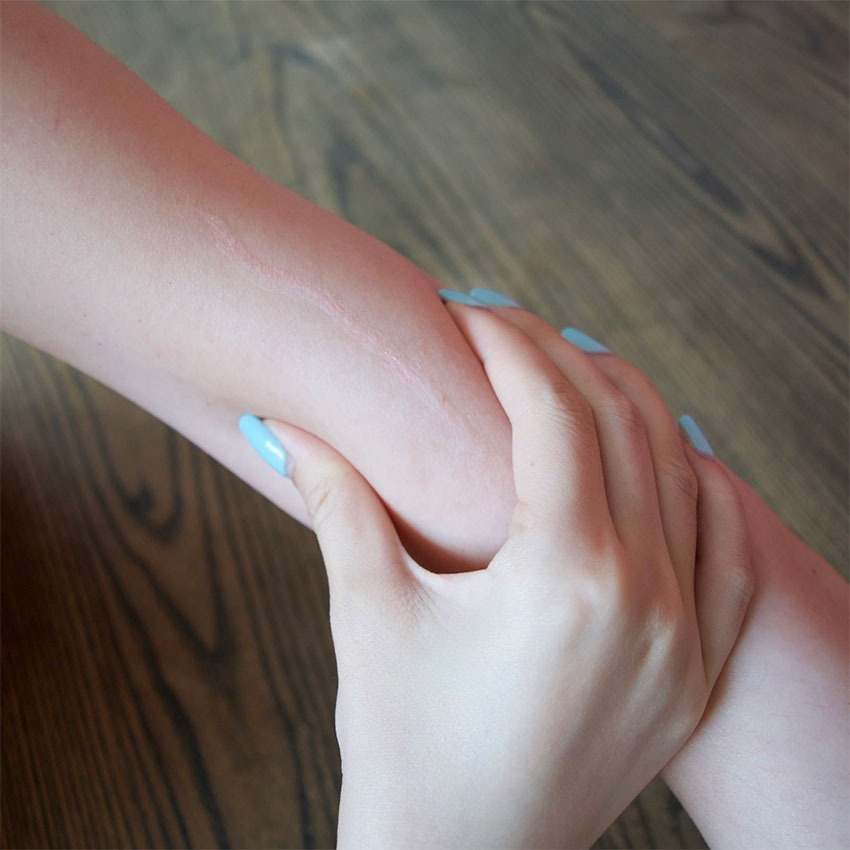
Combined with a moisturizer, several massage techniques are believed to increase circulation and therefore encourage the rejuvenation of new skin and the restoration process. According to Licensed Acupuncturist Nicole Cutler, there are several massage techniques for scar removal, including the two below.
Manual Lymph Drainage Massage: A circular massage that gently supports drainage and the stretching of the skin around the scar.
Myofascial Release: A technique that encourages the stretching of the tissue with your fingers on either side of the scar.
Scar Removal Creams And Laser Removal
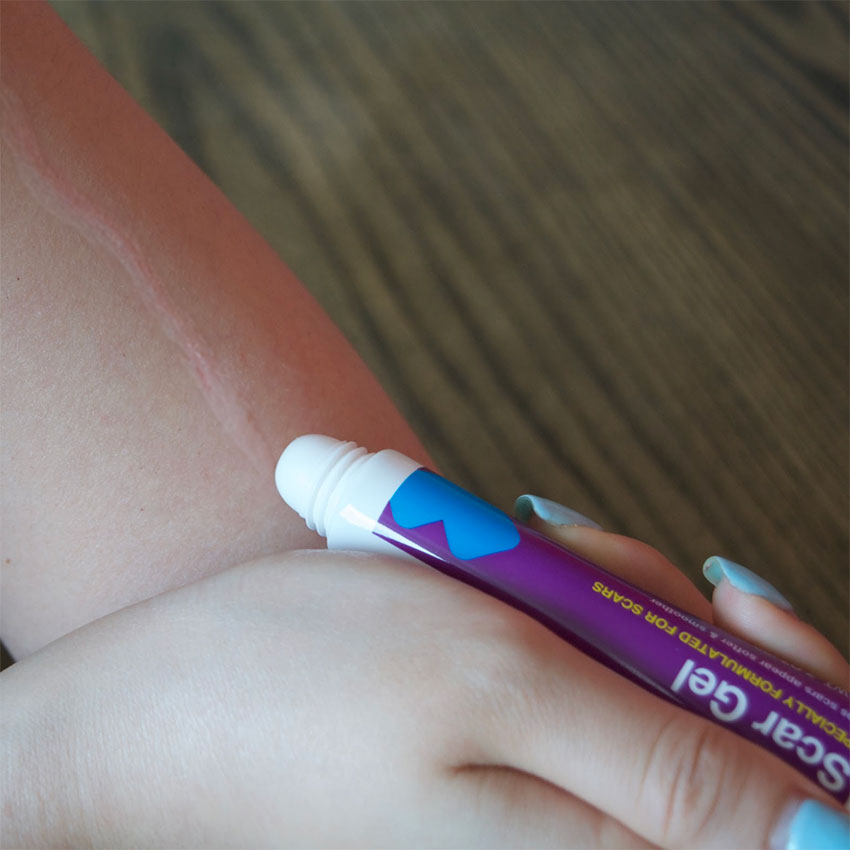
Medically approved scar removal creams are another viable option — many even combine the natural ingredients above with additional aids. One of the top recommended creams for scars is Vaseline —a very basic option, acting as a moist, protective barrier as the scar heals. Mederma, a familiar brand for many years, uses onion extract’s anti-inflammatory properties to assist adults and children in reducing scars. Bio Oil is another simple and hypoallergenic selection, utilizing Vitamin E and other straightforward ingredients to fight against scars and stretch marks.
But when a scar is altering your quality of life, a plastic surgeon or dermatologist may recommend a more intense measure: laser removal therapy. According to Everydayhealth.com, there are several levels and intensities of this process, depending on the severity of the scar. Laser resurfacing removes the top layer of the skin, encouraging the layers beneath to restructure and tighten. Fractionated Laser Surgery — a bit more intensive — penetrates the scar more deeply, promoting collagen promotion. Both methods require financial consideration and recovery time, which can be lengthier depending on the scar.
Preventing Scars

At the end of the day, preventing a scar is a smarter move than later trying to remove the scar. Prevention.com advises to take great care in every injury — small or large, and focus on proper disinfection and moisturizing as soon as possible. As the wound forms a scab, refrain from picking or bothering the area; this process needs to happen in its own time. During the healing process, boost your immune system with hydration, healthy eating, and exercise.
Preparing your mind and medicine cabinet with proper scar treatment is a great first step to feeling ready the next time an unexpected injury occurs. SHARE this info with all your friends to keep their skin healthy, clear, and comfortable, no matters what comes along.




